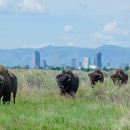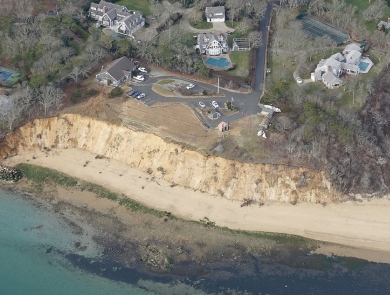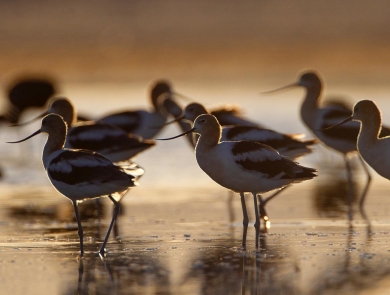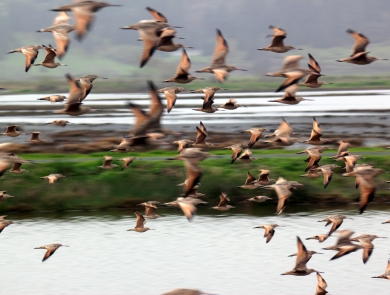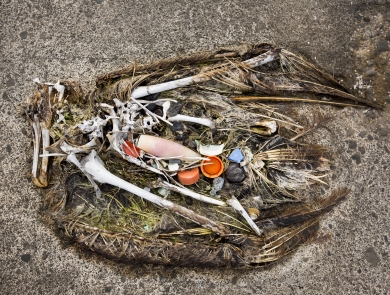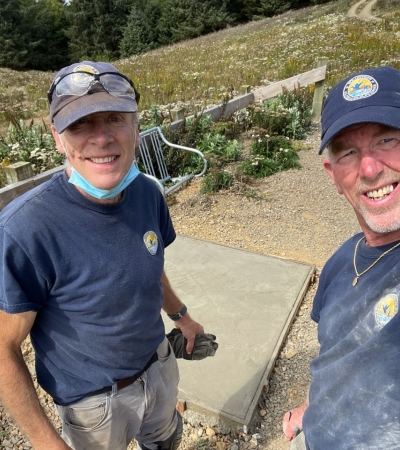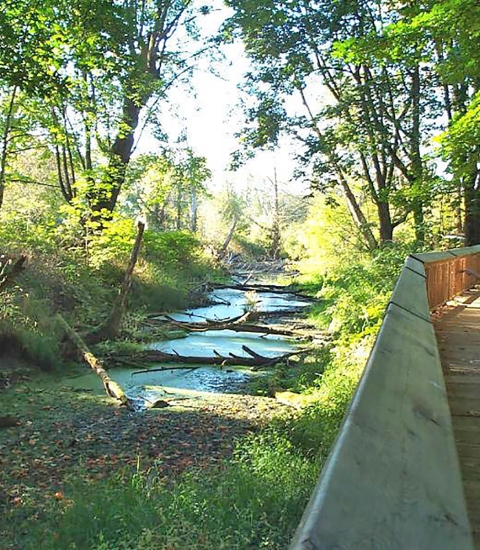Facility
Location
7200 Quebec Street Bldg 121
Commerce City, CO 80022
United States
Volunteer Position Overview
About This Position
Invasive plant species are a problem for wildlife, visitors, and native plants. Fight the good fight against them!
Please meet at 9 AM in the Visitor Center Lobby to fill out forms. At 9:15 AM we will depart by car to our project site, Lake Ladora. If arriving after 9:15 AM, please call the Information Desk at 303-289-0232 for up to date information on where to go.
No prior experience is necessary, instruction will be provided. Materials to bring are closed-toed shoes, long pants, gloves if you have your own, protection against the sun, and light jacket. 15 pair of loaner gloves will be available on a first come basis.
Children under 18 MUST be accompanied by a parent or guardian. This activity is recommended for 8 years and older.
Duties/Activities
Stories About Volunteering
Other Ways to Work with Us
Are you looking for something different than a volunteer opportunity? The Fish and Wildlife Service employs around 9,000 people nationwide and offers great internship opportunities every year.
